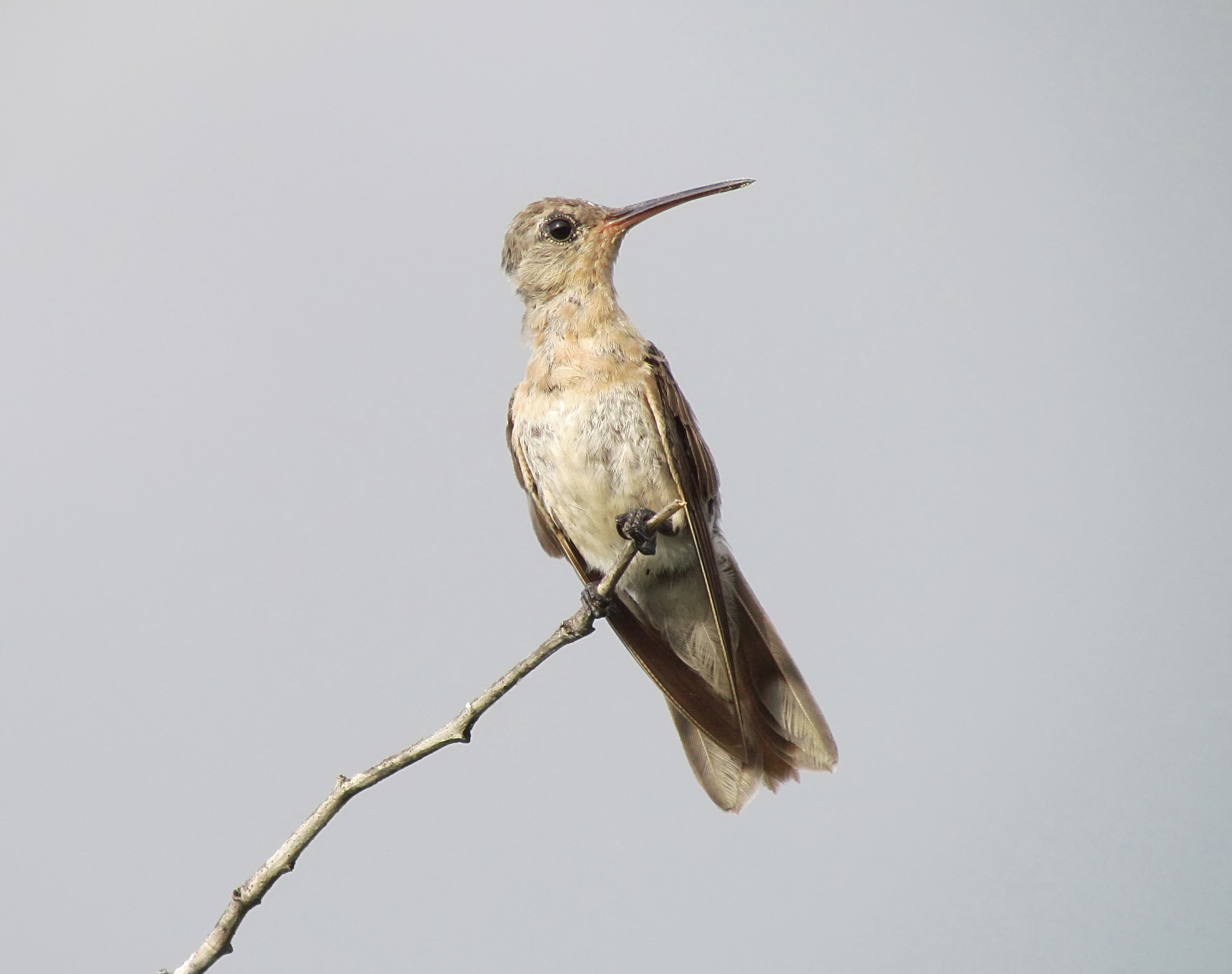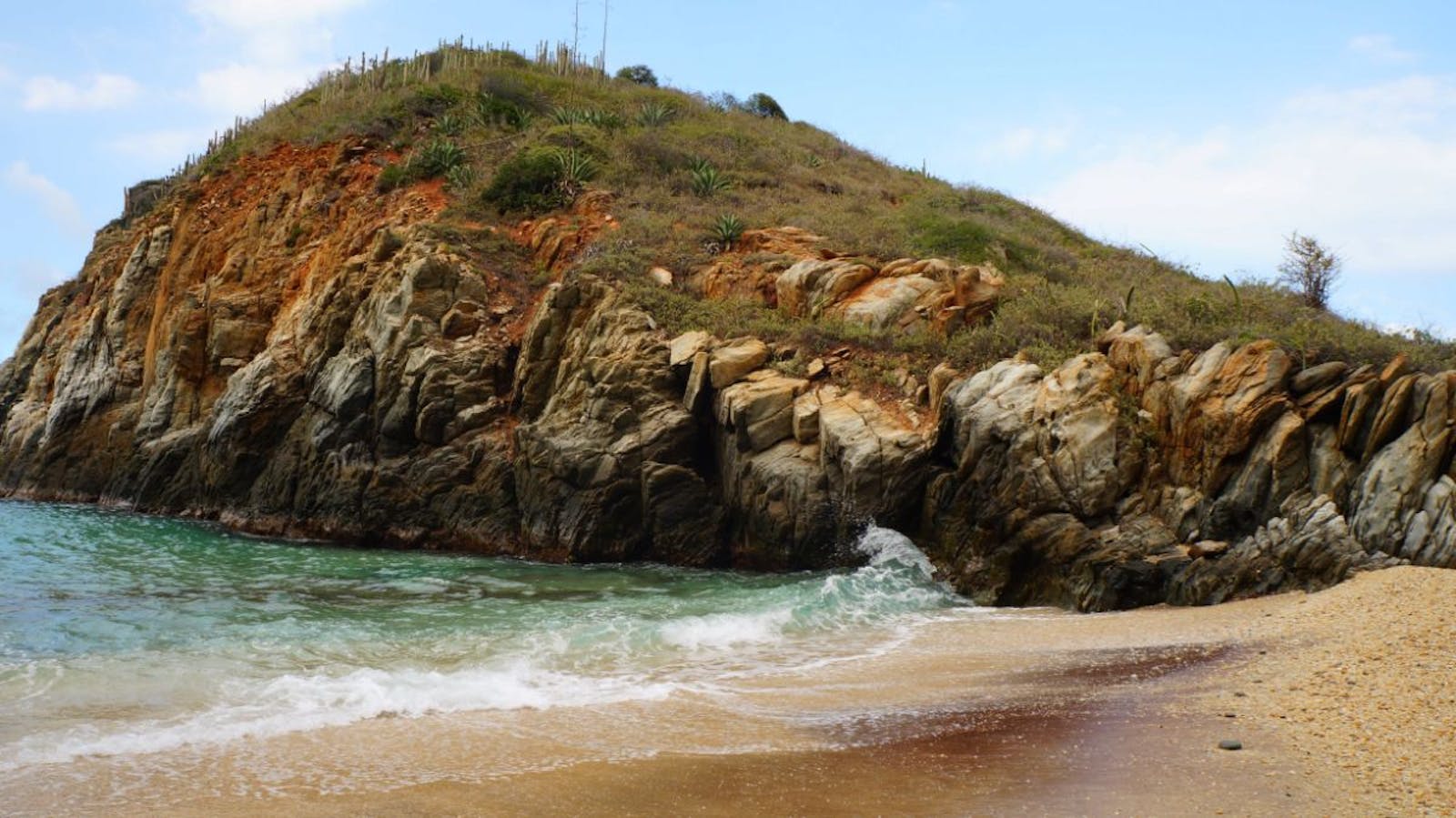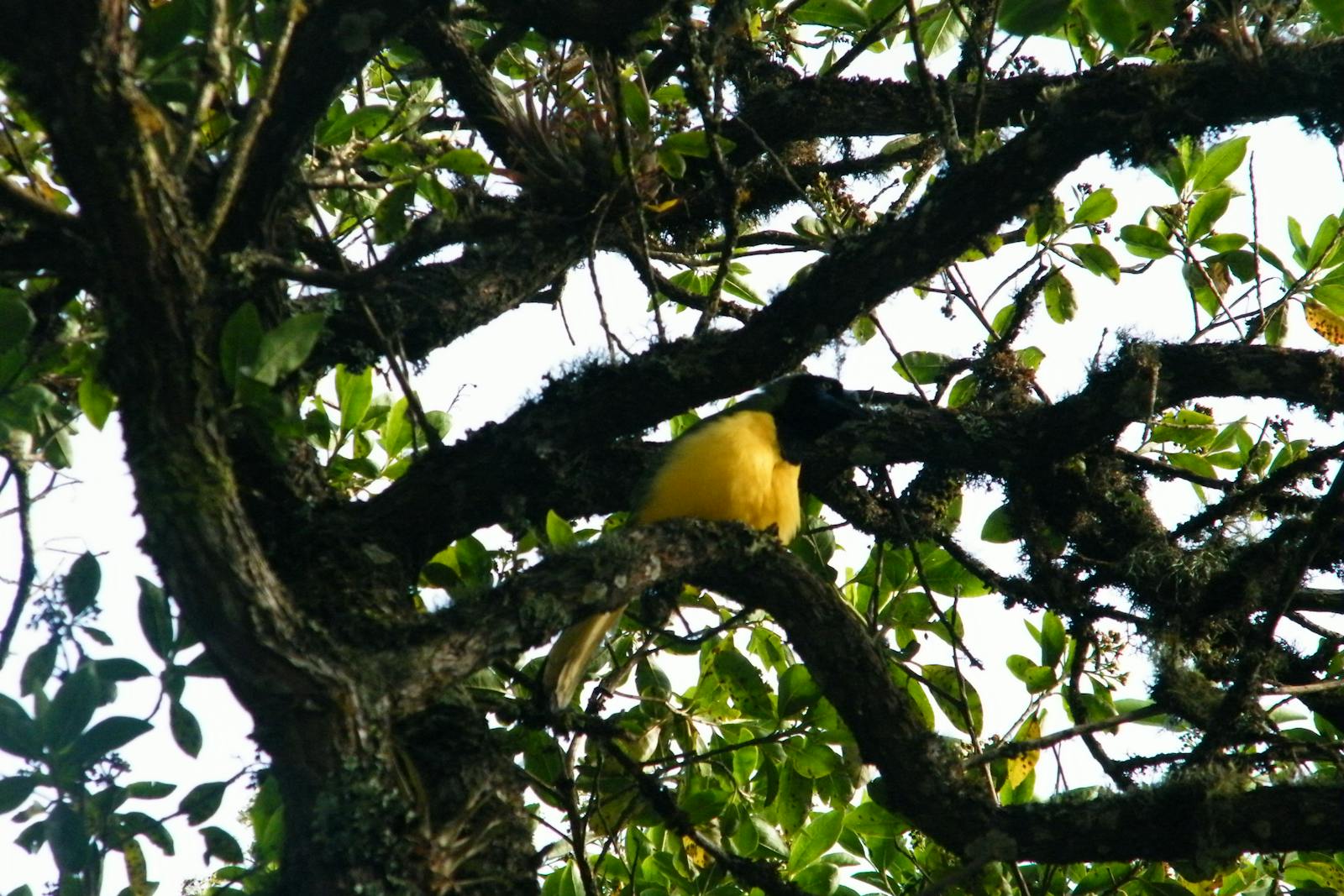La Costa Xeric Shrublands
The ecoregion’s land area is provided in units of 1,000 hectares. The protection goal is the Global Safety Net (GSN1) area for the given ecoregion. The protection level indicates the percentage of the GSN goal that is currently protected on a scale of 0-10.
Bioregion: Venezuelan Coast (NT23)
Realm: Southern America
Ecoregion Size (1000 ha):
6,861
Ecoregion ID:
603
Conservation Target:
66%
Protection Level:
9
States: Venezuela
The Venezuelan climbing mouse traverses the dense, shrubby vegetation found in the La Costa Xeric Shrubland ecoregion of Venezuela, using vines to move between trees in search of seeds and a place to hide. Little natural habitat remains in this highly populated and disturbed ecoregion, which is home to this and several other endemic species.
The La Costa Xeric Shrublands are part of the Coastal Cordillera geographical region in northern Venezuela. This ecoregion extends from the state of Sucre to the state of Yaracuy along the coast of the Caribbean Sea. The western border of the ecoregion is bounded by the Maracuy River, while the southern and eastern borders are marked by the transition in vegetation from shrublands adapted to low water availability to treeless grasslands and mangroves.
_male_CC_Hari_Krishnan.jpg)
The flagship species of the La Costa Xeric Shrublands ecoregion is the vermilion cardinal. Image credit: Hari Krishnan, Creative Commons
Most of this region consists of agricultural lands mixed with deciduous thorn and thicket forests. The Caribbean coastal border is intermingled with mangroves, lagoons, hills containing islands of moist forest, and a sandy coastline. Annual precipitation ranges from 300–1,000 mm, while the average temperature is 28oC. The ecoregion lies between sea level in the coastal areas and 1,000 m in the higher foothills.
The semi-arid regions of the La Costa xeric shrublands are characterized by dense scrubby vegetation well-adapted to water limitations and located in the lowermost slopes. The thorn forest is dense and includes a great diversity of species. Savannas with herbaceous growth are found in the western part of the region. Savannas with shrubs are also found throughout the ecoregion and include tall grasses, palms, and shrubs.
Plant species are mostly from the cactus, Fabaceae, and Capparaceae families. Species in the xeric shrublands include Bourreria cumanensis, Caesalpinia coriaria, C. vesicaria, Cereus hexagonus, Chloroleucon mangense, Coccoloba ramosissima, Cynophalla hastata, Parkinsonia praecox, Pereskia guamacho, Piptadenia flava, Prosopis juliflora, Vachellia macracantha, Vachellia tortuosa, Xylosoma benthamii, and species from the Erythroxylum, Jacquinia, and Mimosa genera.
Endemic terrestrial mammals include the climbing mouse and an opossum species. Various endemic birds are restricted to the arid lowlands of the coastal areas of this ecoregion, including the Maracaibo tody flycatcher and the vulnerable yellow-shouldered Amazon. Several other endemic bird species can be found in this region as well, including the pygmy swift, buffy hummingbird, and vermilion cardinal.

Buffy hummingbird. Image credit: Creative Commons
The northern portion of the ecoregion is highly populated, and native vegetation has been heavily impacted. Most of the ecoregion has become fragmented due to urban development, livestock grazing, and agriculture. Agricultural areas are extensively used for rice, maize, sugarcane, cassava, sweet potato, and cotton crops. Few natural savannas and thorn forests remain. Small areas of xeric shrublands are protected in El Avila, Henri Pittier, and San Esteban National Parks. Henri Pittier is one of the most affected protected areas due to massive tourism in the area, especially along beaches.
An increase in human population growth has triggered road building into previously inaccessible areas. Other threats include human activities like cattle ranching, shifting and industrial agriculture, road construction, and fires. Although Venezuelan law protects the yellow-shouldered Amazon, the domestic pet trade continues to threaten this species.
The priority conservation actions for the next decade will be to 1) encourage more sustainable ecotourism practices in the region, 2) limit human access to protected areas, and 3) create wildlife corridors over roadways to improve habitat connectivity.
-
-
1. Locklin, C. 2018. Northern South America: North-central and coastal Venezuela. https://www. worldwildlife.org/ecoregions/nt1309. Accessed June 11, 2018.
2. Huber, O. 1997. Caribbean Region: CDP Site SA1 Coastal Cordillera Venezuela.S. D. Davis, V. H. Heywood, O. Herrera-MacBryde, J. Villa-Lobos, and A.C. Hamilton, editors. Centres of Plant Diversity: A guide and Strategy for their Conservation, 3 The Americas. WWF, IUCN, Oxford, U.K.
3. Stattersfield, A.J., M.J. Crosby, A.J. Long, and D.C. Wege. 1998. A global directory of Endemic Bird Areas. BirdLife Conservation Series. BirdLife International, Cambridge, U.K.
4. UNESCO. 1981. Vegetation Map of South America: explanatory notes. United Nations\Educational, Scientific and Cultural Organization, Darantiere, France.
5. Gómez-Laverde, M. 2016. Rhipidomys venezuelae. The IUCN Red List of Threatened Species 2016: e.T19616A22374328. http://dx.doi.org/10.2305/IUCN.UK.2016-2.RLTS.T19616A22374328.en. Downloaded on 30 August 2018. -
Cite this page: La Costa Xeric Shrublands. Ecoregion Snapshots: Descriptive Abstracts of the Terrestrial Ecoregions of the World, 2021. Developed by One Earth and RESOLVE. https://www.oneearth.org/ecoregions/la-costa-xeric-shrublands/
-





